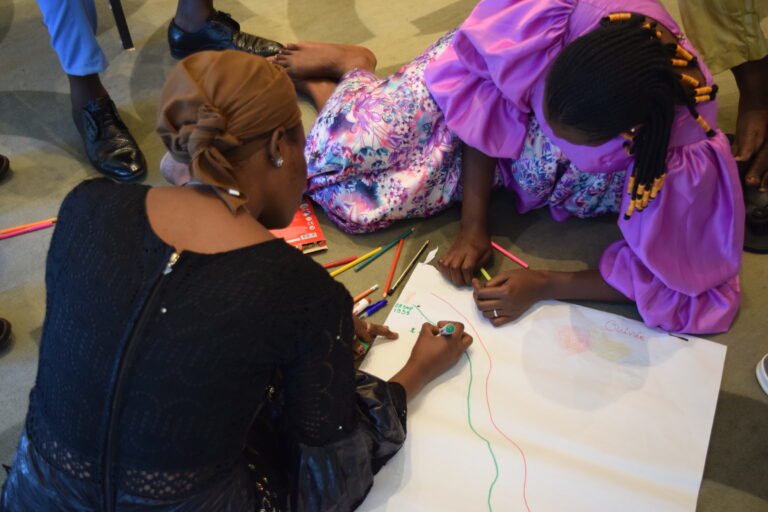The Role of Art-Based Methods
With memorialization operationalized by GIJTR as the “fifth pillar” of transitional justice, art-based methods feature across all programs and have proven incredibly effective at fostering empathy within divided communities and promoting justice, truth-telling and remembrance.
For Spanish

About this Approach
As a powerful yet disarming medium, art initiatives have practical advantages in post-conflict settings as they require minimal resources and can engage groups from diverse communities, perspectives and backgrounds. Artistic mediums allow for the communication of complex experiences and emotions to a broader audience while also centering victims’ narratives in the creation and dissemination of these art pieces. GIJTR’s use of art-based methods therefore prioritizes aesthetics and design as a means to stimulate deep questions around root causes of injustice, inequality and traumas as well as how society can begin to achieve accountability and justice. This has resulted in a range of outputs and impacts across several contexts, including the creation of a victim-led memorial in The Gambia that works to break social stigmas faced by victims; murals that challenge the erasure of victims’ experiences in Guinea; and crafted objects that complement the work of formal transitional justice processes in Colombia through artistic awareness raising.
